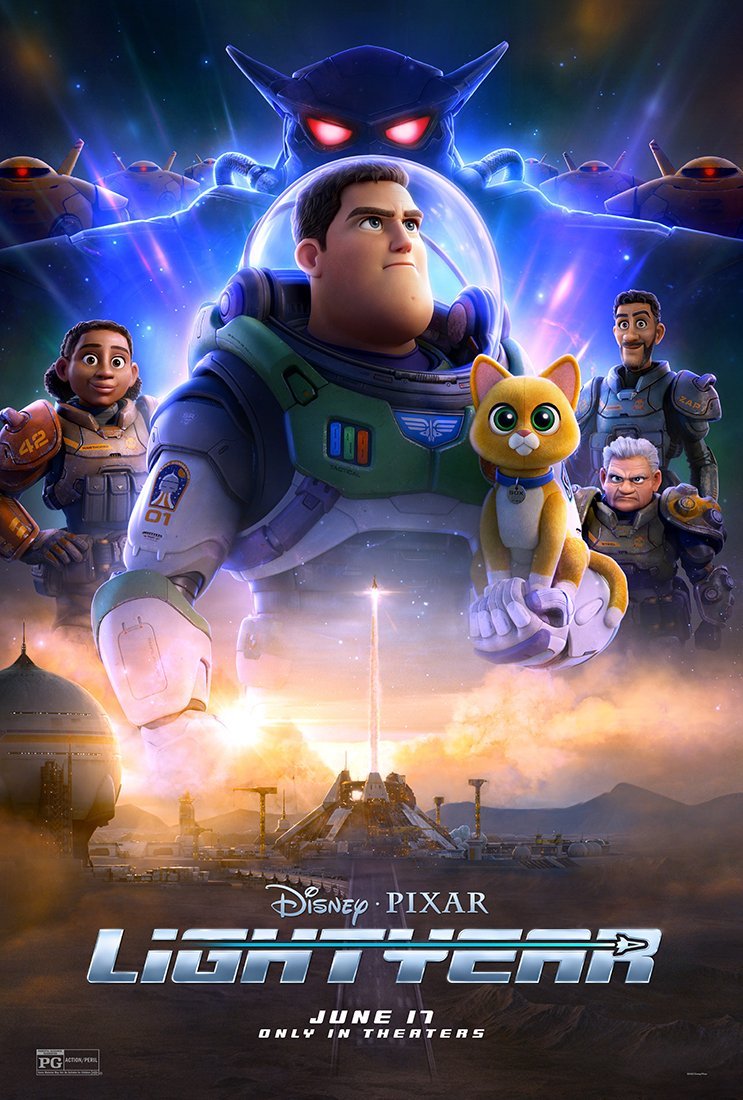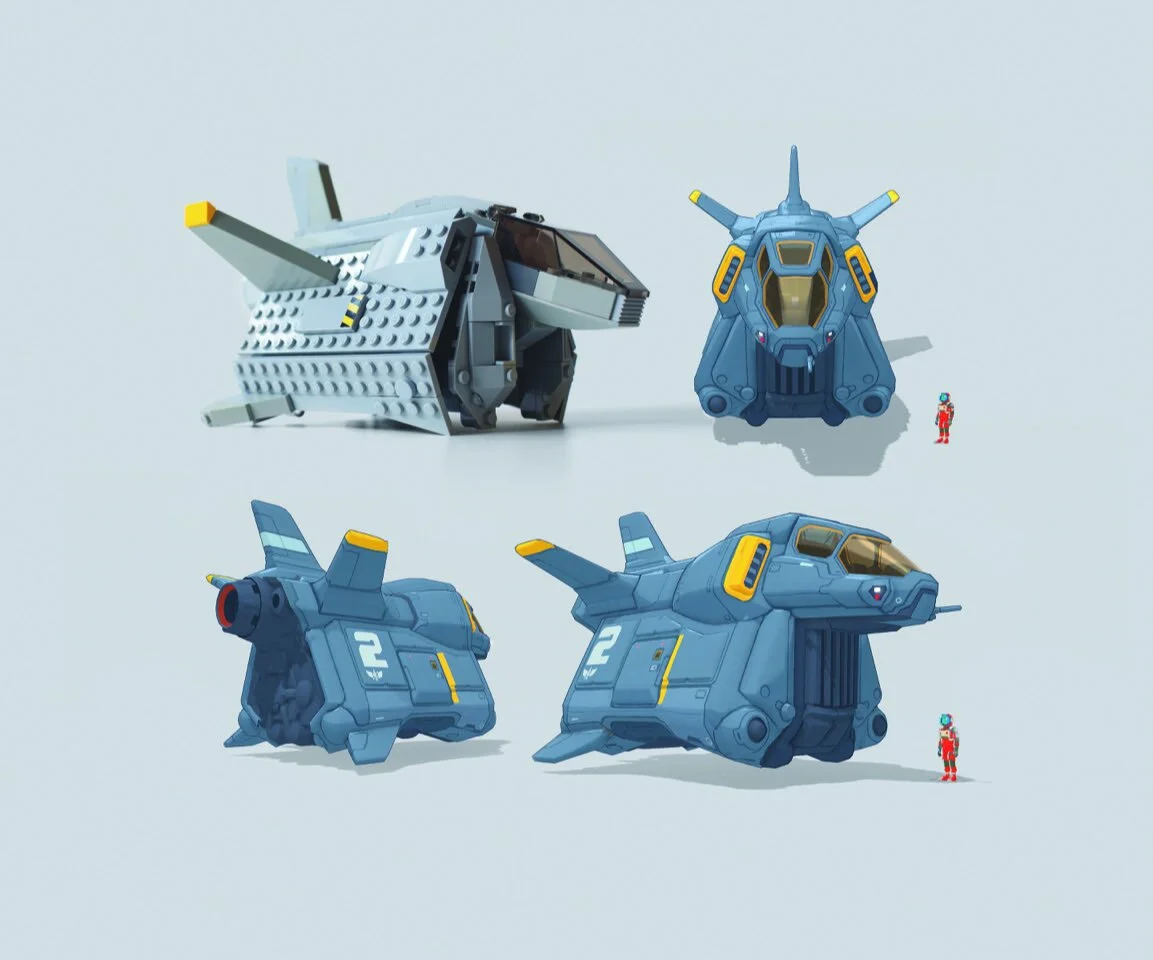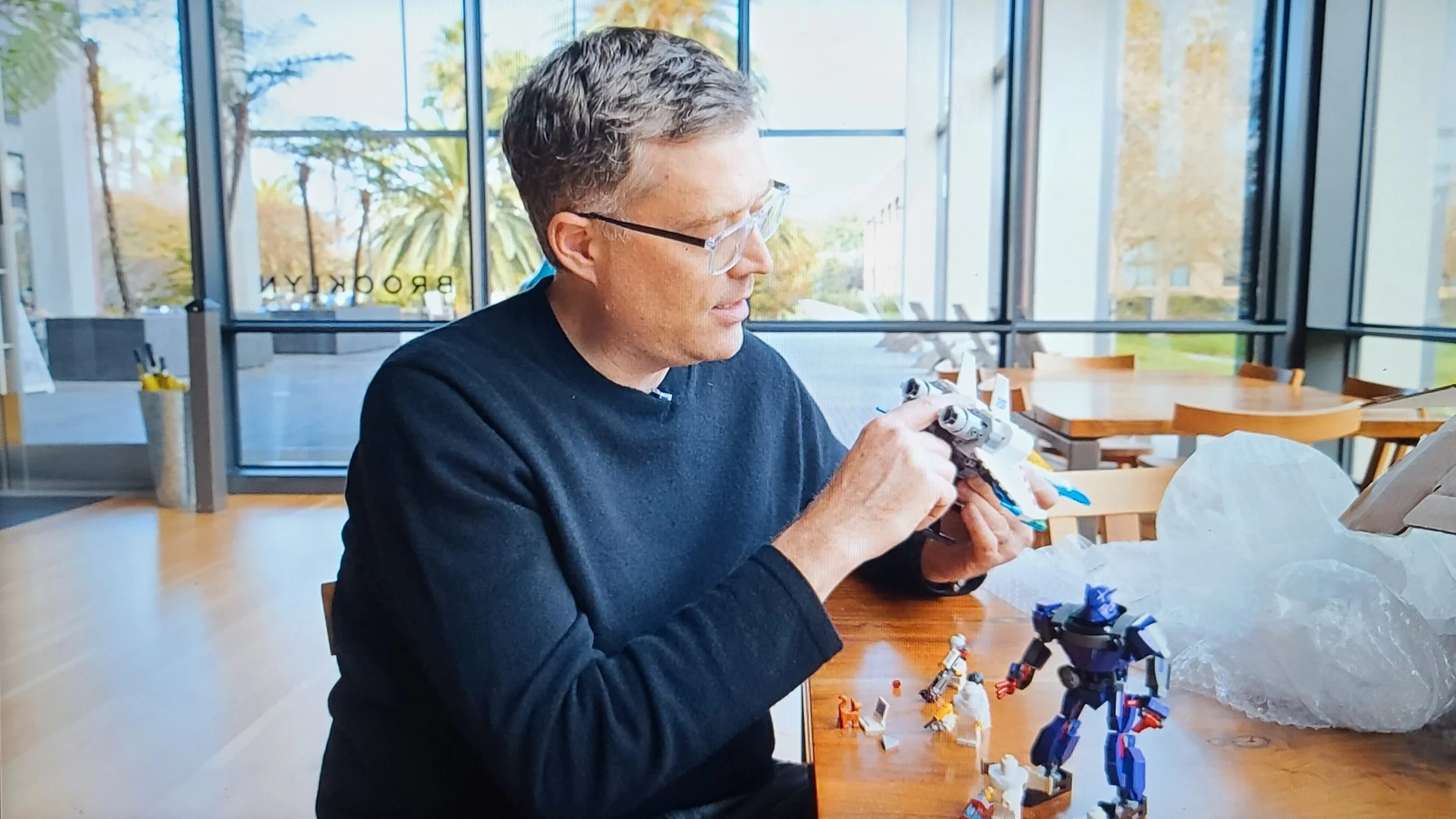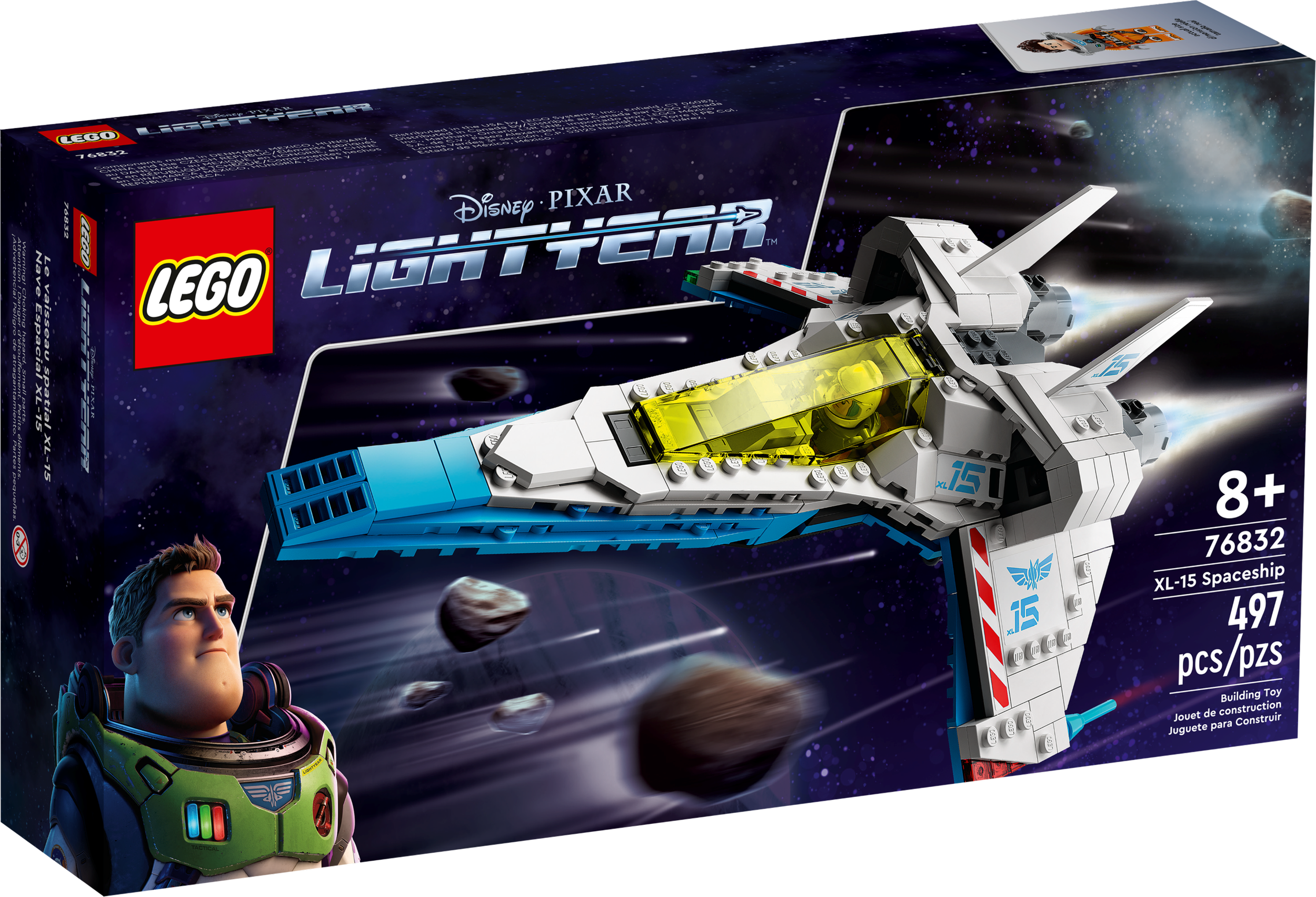LEGO and Lightyear: An Interview with Pixar’s Angus MacLane
/Today, BrickNerd features a guest article chatting with Pixar’s Lightyear director and AFOL Angus MacLane by Joe Meno of BrickJournal Magazine.
An AFOL and a Director
Hey LEGO, have you made triangle tiles in blue? Angus MacLane needs them to finish a crawler from his big movie - the one coming out today (June 17th): Lightyear, by Disney/Pixar. Angus is the film’s director and spoke with me about LEGO and Lightyear (more Lightyear, but that’s because it’s hitting theaters today). What transpired over a Zoom call (thanks to Pixar) was something that wandered between an interview and a chat with friends.
How is he friends with me? Well, it turns out that Angus is an Adult Fan of LEGO (AFOL) and has been building for some time. He has also attended BrickCon, one of the larger LEGO fan conventions in the US in Seattle. We started out the call by talking about LEGO memories briefly and how he was doing: “It’s been alright. I’ve just been busy making this movie for five and a half years. I haven’t been to BrickCon in a couple of years, but I’m going to try to go this year. Otherwise, things are going really well. I’m really happy with the movie.”
Lightyear’s Light Years
I asked about Lightyear’s timeline and when he started working on the film, and he explained that he had finished Finding Dory which was released in the summer of 2016 and was looking at what to do next. At that time, he really wanted to do a sci-fi movie and he always had been kind of connected to Buzz Lightyear (the character) since he started at Pixar in 1997. (He has been in various positions at Pixar, including directing two Toy Story-related shorts: Toy Story of Terror and Toy Story Toons: Small Fry) For Angus, Lightyear seemed like a great way to not only explore the kind of scope he was interested in doing in a sci-fi movie but also explore the unknown, untapped history of where Buzz came from—which was something he was always interested in telling.
Having viewed a 30-minute preview clip of the film, I can say that the story is “very sci-fi” but also nails the personal story centered on Buzz. The film is focused on a central premise: passing time. When Buzz heads out on missions, time slows down as years pass for his friends but only lasts a few moments from his perspective. And he goes on a lot of missions! The idea for that those time gaps was something that didn’t come from any sci-fi show (I thought maybe Twilight Zone) but from Angus’ experience making films:
Buzz Lightyear’s spaceship needs a crawler… and that crawler needs blue triangle tiles!
“Because our movies take so long (it takes at least four years to make one), I noticed when I went home to my hometown of Portland Oregon that every time some things would change. I recognized the changes in the town and in the city but not the changes in myself. That was really where the whole idea of the time dilation came from. It was based on the production cycle of a Pixar movie. Each movie is like a big mission—you’re trying to achieve a goal and solve problems to complete the mission which lasts four years. It is also like the feeling you get when you’re getting older and you feel like you’re the same, but you don’t recognize how much you have aged.”
Brick Sketching
In terms of LEGO, Angus used his favorite bricks to build sketch models for some of the film’s vehicles. For him, building was a quick way to communicate to the art team the forms he wanted the ships to convey. Building sketch models was beneficial so they weren’t too rigid and because it was a form of fast prototyping.
This was the case especially with The Armadillo (a cargo vehicle in the movie). The quick LEGO model was not as robust as a MOC but more of a way to explore the shape and skin of the ship. According to Angus, some serious LEGO construction techniques, even with SNOT (Studs Not On Top - sideways studs), lead to a model being a little rigid. Sketch models proved to be more organic and adaptable.
The LEGO sketch that inspired the E.R.I.C. model in the official 76831 ZURG BATTLE set.
Using LEGO also had another benefit—it helped him nail the chunky design aesthetic he wanted. Yes, some of the models were more detailed than others just because of the nature of the form Angus was trying to accomplish. Sometimes he would try to come up with more creative uses just to give himself an outlet, like starting with the limitation of LEGO. It was a really easy way to communicate big ideas to the crew by using LEGO as a prototyping method.
Spaceships and Sets
Working with LEGO on the official Lightyear sets was different and began about two years ago. At Angus’ first meeting with LEGO, he felt responsible as an AFOL to ask, “Okay, why don’t we bring in the monorail back or use an inverse cheese slope!?" “I went full nerd right away. Jesper Nielsen was the Design Lead and it was really awesome how much we could get done by looking at the model and talking about parts or comprises that needed to be made for various reasons.”
An upgraded Zyclops LEGO set built by MacLane.
Angus would list elements, not by part number but by describing them or drawing them. He would do a lot of real-time problem-solving and pitching over video calls. He also presented some model sketches with the previous experience he gained from going when he designed Wall-E for LEGO Ideas—he knew what challenges and constraints LEGO designers had to deal with like part tolerances and budgets for new elements. He always tried to give the designers ideas on how they could solve some of the problems with the set design from within the Lightyear universe.
Angus showing off his toys in Disney’s documentary Beyond Infinity.
This open dialogue would lead to other ideas, such as using darker printing on the snood (head coverings) so minifig faces would appear darker. Other stretch goals couldn’t be done, such as adding a print on the windscreen. Angus states: “There are always limitations you’re dealing with. For example, I worry that the minifigures can’t reach the steering wheel! There are always going to be some design limitations, but LEGO is best when it’s a stylized version of whatever it’s trying to recreate. The limitations that LEGO had were interesting, and we were able to work through them. I’m really proud of the models that they did. For me, the satisfaction I felt building the sets, especially the XL-15 Spaceship is really quite something.”
Angus’ only disappointment is that so few sets were released. Considering the amount of vehicles in the movie, there is a lot of potential to go beyond the three sets currently available. He hopes for the line to succeed and continue, Until then, he is still working on his crawler.
Maybe he’ll get those triangle tiles in blue…
Disney/Pixar’s Lightyear hits theaters today, so go support a fellow AFOL and take the whole family!
Are you excited to build with the new trans-yellow windshield from Lightyear’s spaceship? Let us know in the comments below!
Do you want to help BrickNerd continue publishing articles like this one? Become a top patron like Charlie Stephens, Marc & Liz Puleo, Paige Mueller, Rob Klingberg from Brickstuff, John & Joshua Hanlon from Beyond the Brick, Megan Lum, and Andy Price to show your support, get early access, exclusive swag and more.



























